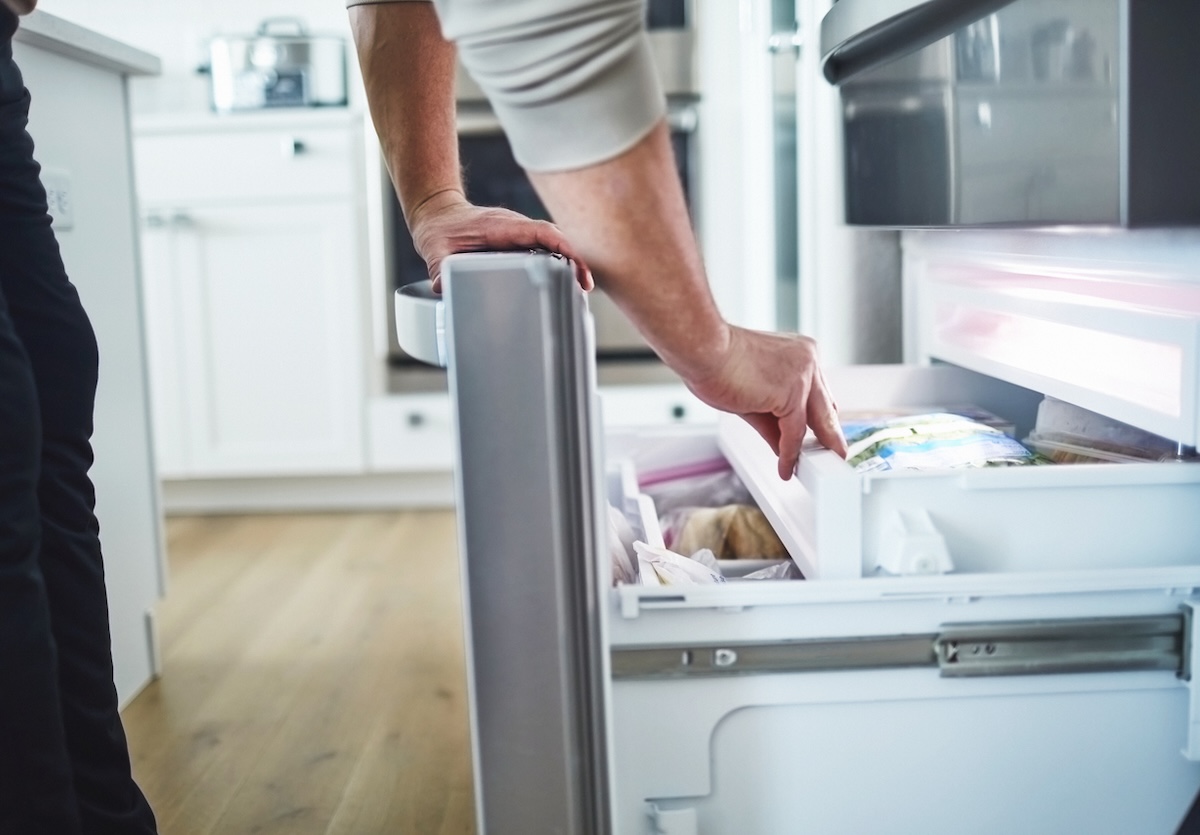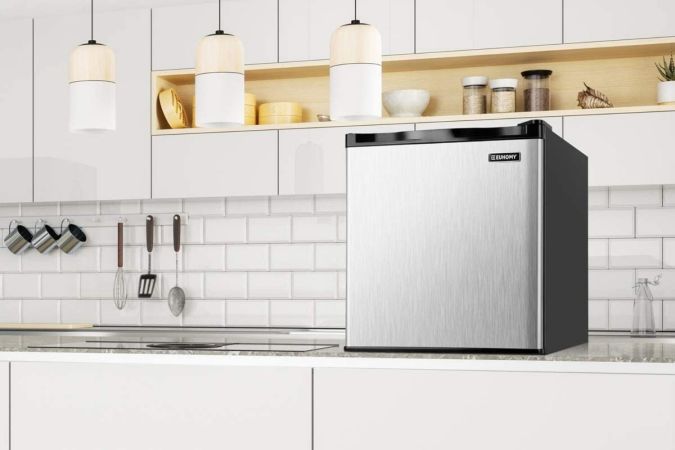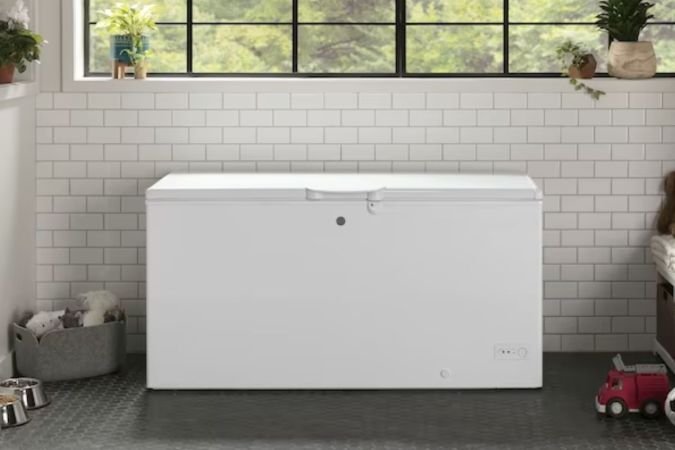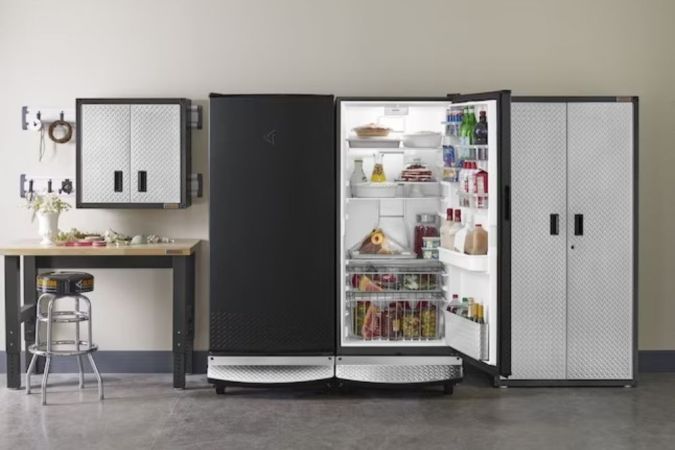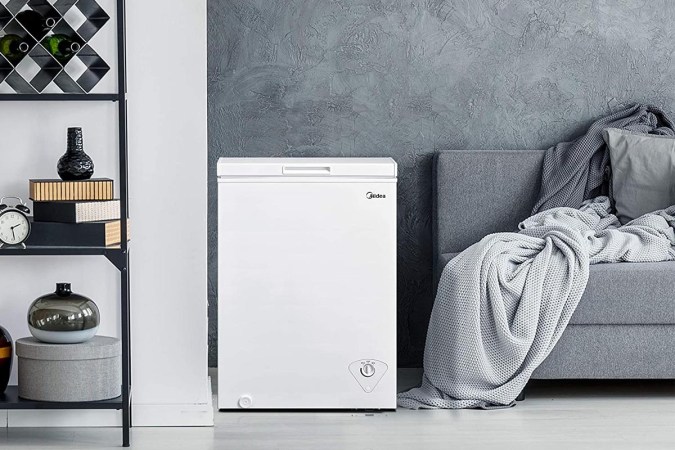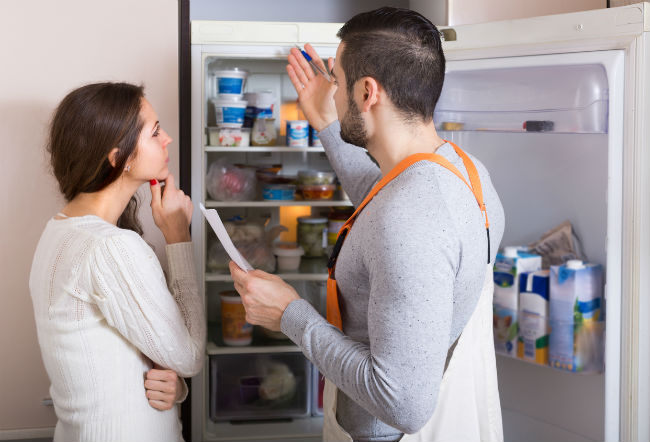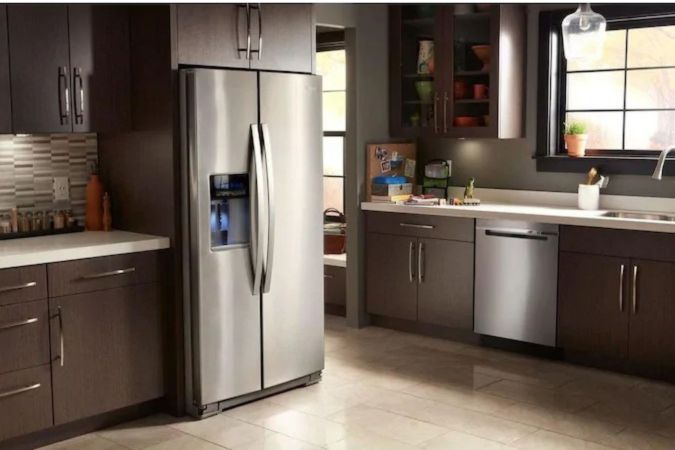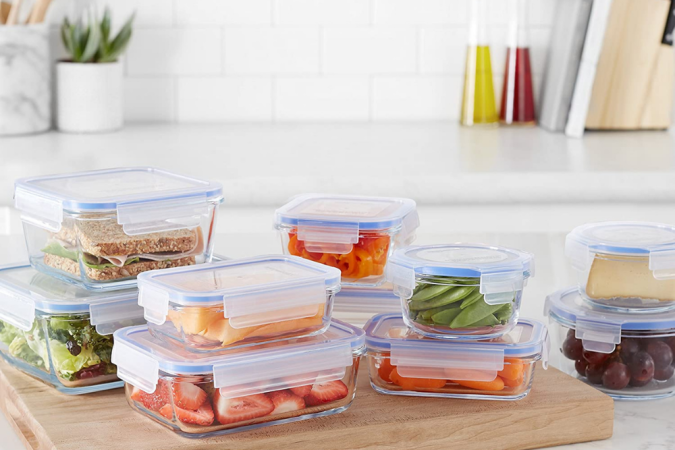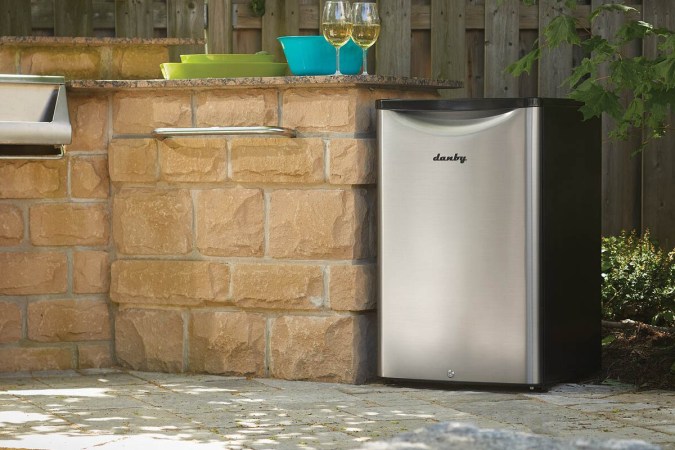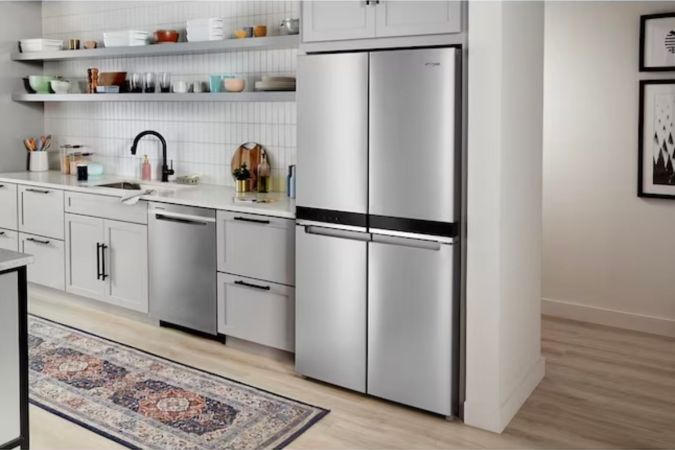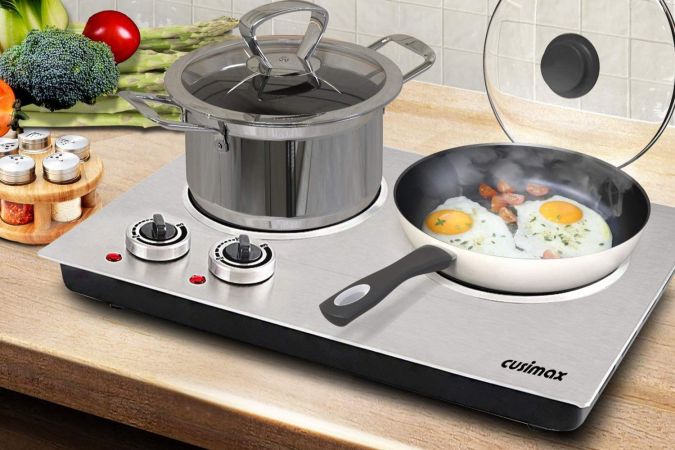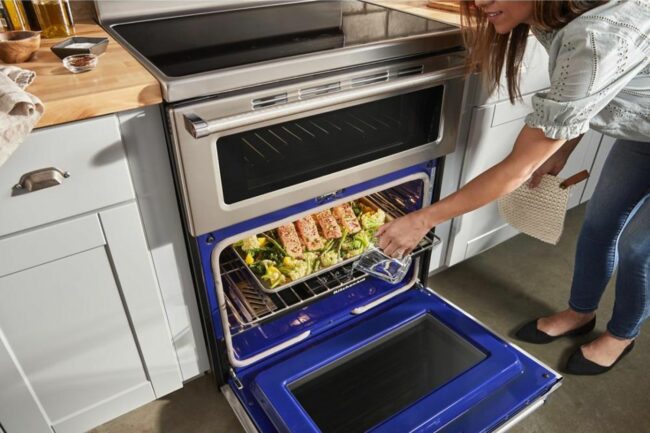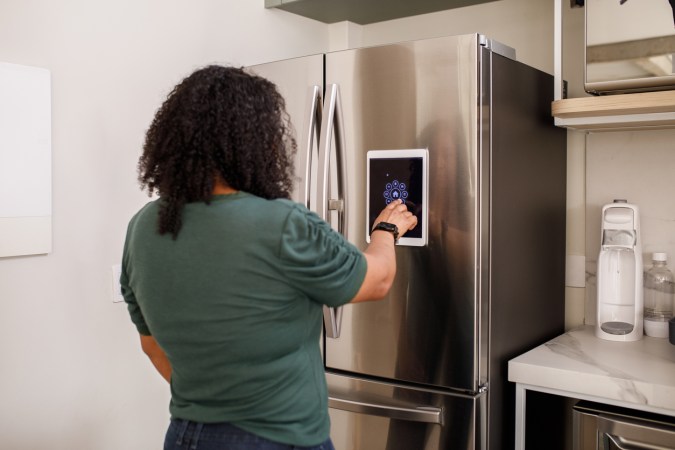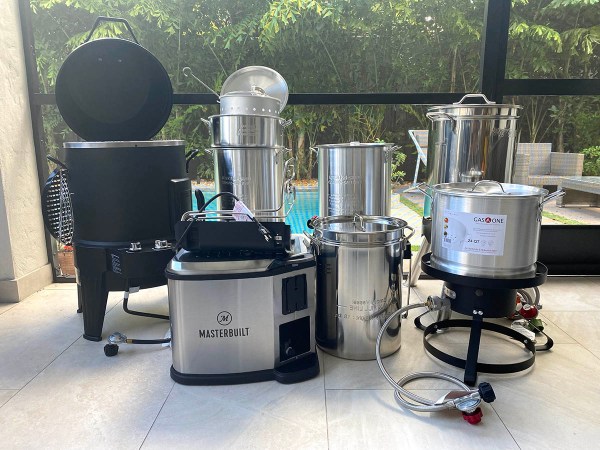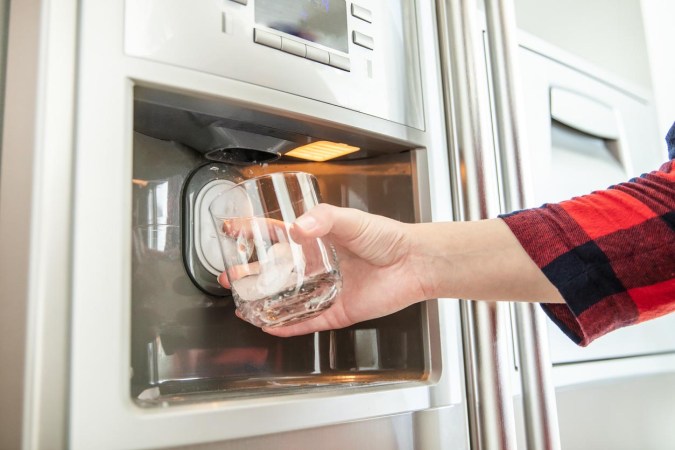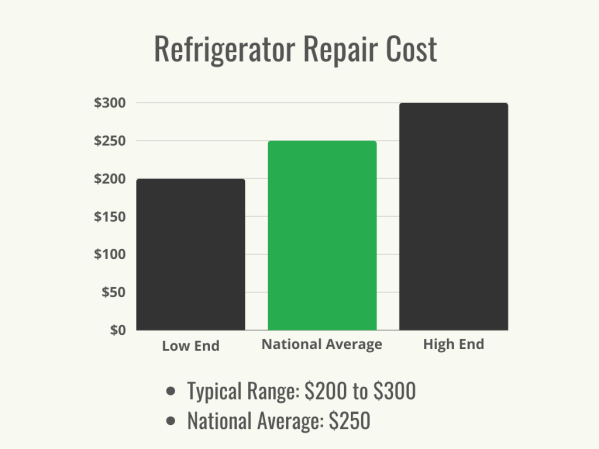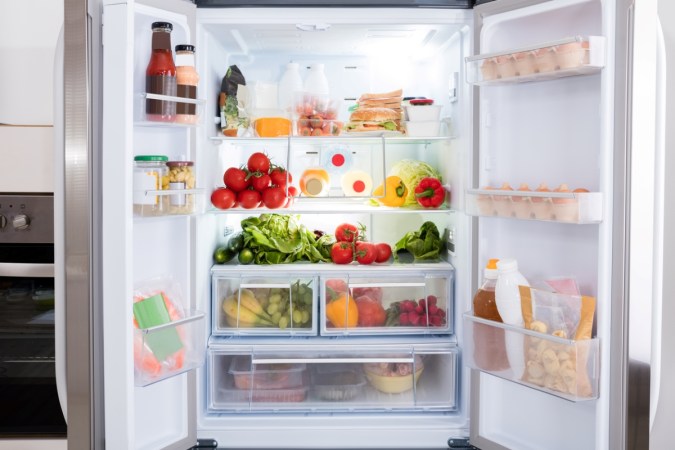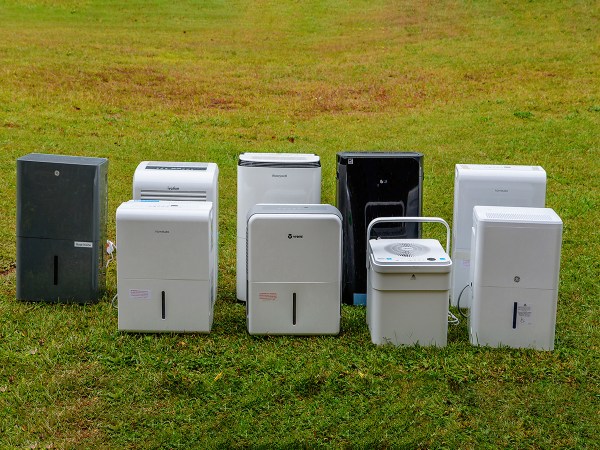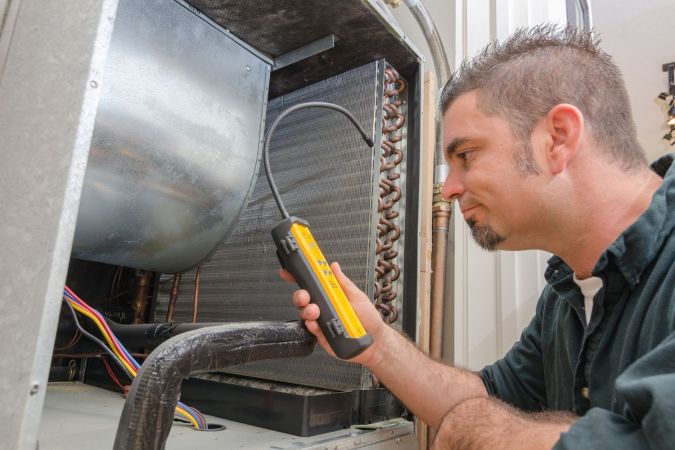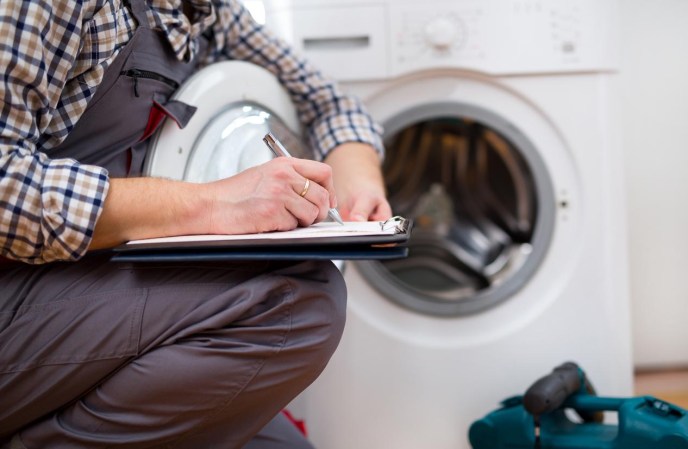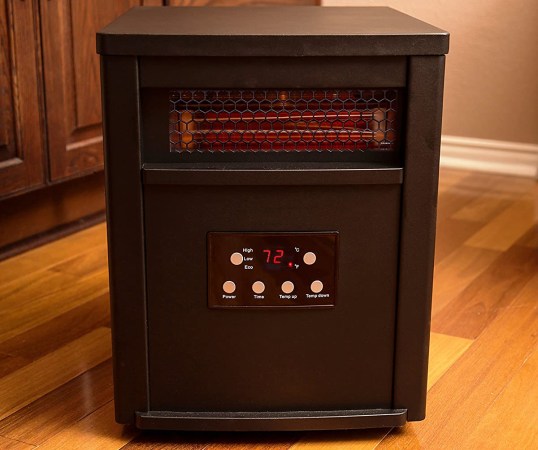We may earn revenue from the products available on this page and participate in affiliate programs. Learn More ›
According to the USDA, the proper temperature setting for storing food in the freezer is 0 degrees Fahrenheit. If your appliance’s temp is far from that mark and you’re wondering “Why is my freezer not freezing?,” it’s time to start troubleshooting—and understanding common causes of freezer malfunction is the first step toward restoring its efficiency. “A defrost failure, fan failure, a control or thermostat failure, and even a door left ajar would be among the most common reasons, generally speaking,” says William McGrath, an appliance tech specialist at AppliancePartsPros.com.
With help from McGrath, we’ve compiled a few troubleshooting tips to rectify a faulty freezer, and for maintaining it for the long haul.
How Freezers Work
Freezers, whether standalone or integrated with a refrigerator, operate fairly simply. They preserve food by lowering its temperature below the freezing point. This involves expanding and compressing refrigerant through a series of components to remove any heat and create ice-cold air. Here, the main parts of a freezer and their functions:
- Compressor: This is the main component of the freezer system. It draws refrigerant vapor in and increases its temperature and pressure.
- Condenser coil: This is normally located behind or at the bottom of the freezer, on the outside of the unit. The coil dissolves the heat that is absorbed by the refrigerant inside the freezer.
- Capillary tube: Refrigerant transfers from the condenser coils to the capillary tube which reduces the pressure of the substance as it enters the evaporator, allowing it to expand and cool down rapidly.
- Fan: Most freezers come built with a fan that circulates air to enhance the cooling process and ensure consistent temperatures.
- Insulation: Materials such as foam help trap cold air inside the freezer and prevent heat from entering.
Common Reasons Your Freezer Isn’t Freezing
If you’ve noticed that your freezer isn’t maintaining its normal frigid temperatures—perhaps the freezer is cold, but not freezing—several common issues could be at play. Here’s how to get your freezer back up and running efficiently:
The freezer is overpacked.
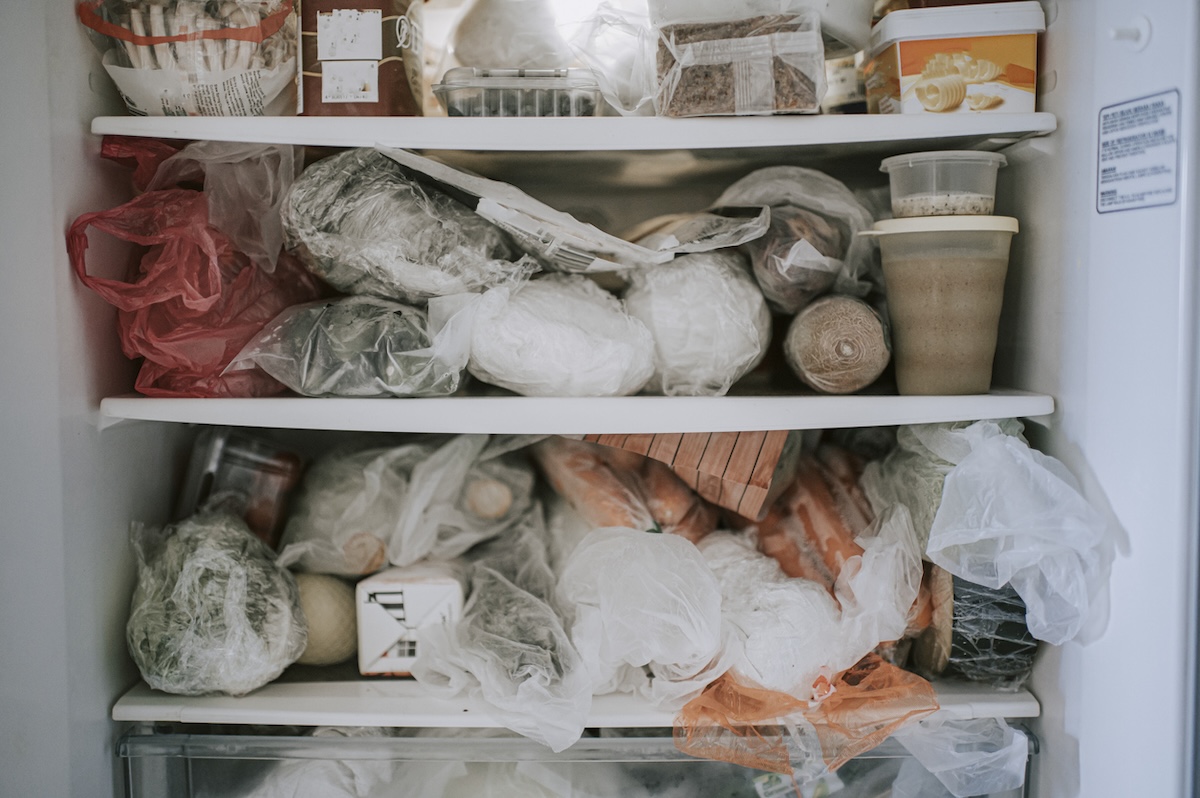
First, check to make sure you’re allowing enough air to circulate throughout your freezer. This may sound elementary, but a freezer that’s packed to the gills might be causing an airflow blockage, particularly if the evaporator fan is covered by a tub of ice cream or a bag of vegetables. Rearranging or removing a few items may be all that’s needed to cool things down again.
Note: Many foods can last up to 12 months in the freezer when stored properly. However, if you notice your freezer is getting a little crowded, go through your inventory every few months to remove any items you no longer have room for or don’t plan to consume. This can help keep your appliance organized and prevent a potential blockage in airways caused by an overpacked freezer.
The freezer needs defrosting.
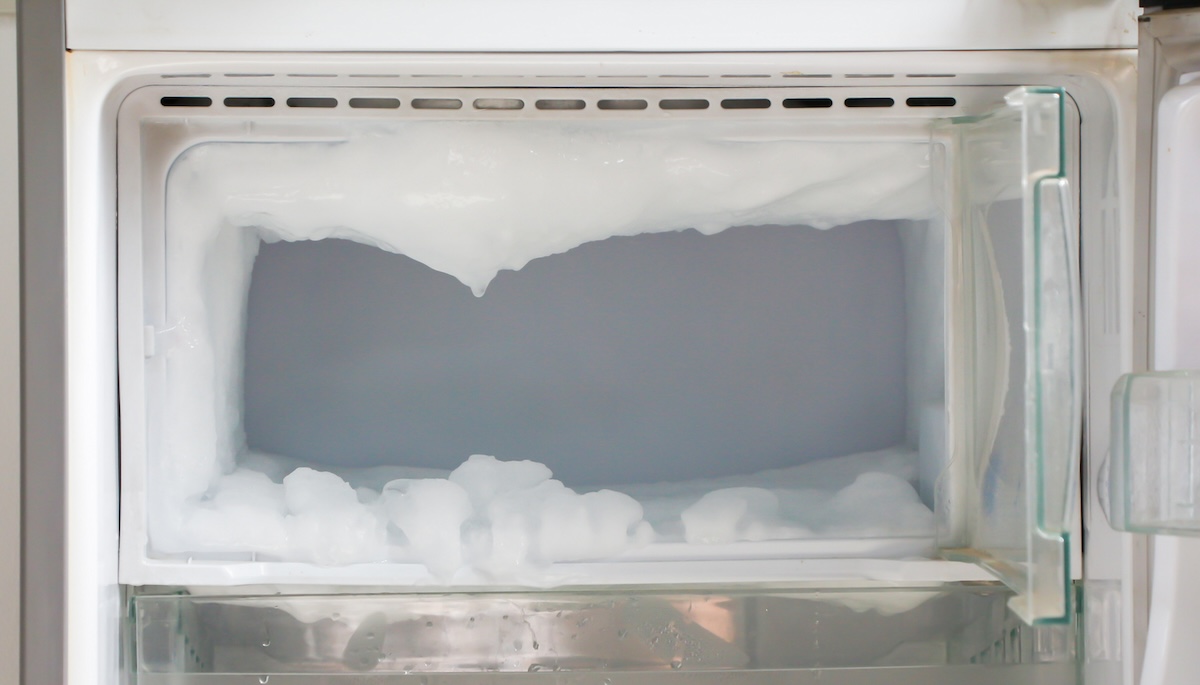
If your freezer isn’t overflowing and you have a manual defrost model, take note of the amount of frost on the interior walls—the buildup could be creating a freezer that will not freeze. “Excessive frost on an evaporator will impede airflow across the evaporator which is necessary for the air to be cooled,” McGrath says.
If you notice a great deal of those telltale ice crystals, or if it’s been more than a year since you last defrosted the freezer, a simple defrosting will probably do the trick, letting your vents and coils breathe again and continue to do their jobs. If you have an auto-defrost unit, thick layers of ice could be a solid indication that a part or two may need to be replaced by a professional in the near future.
The door seals may have gaps.
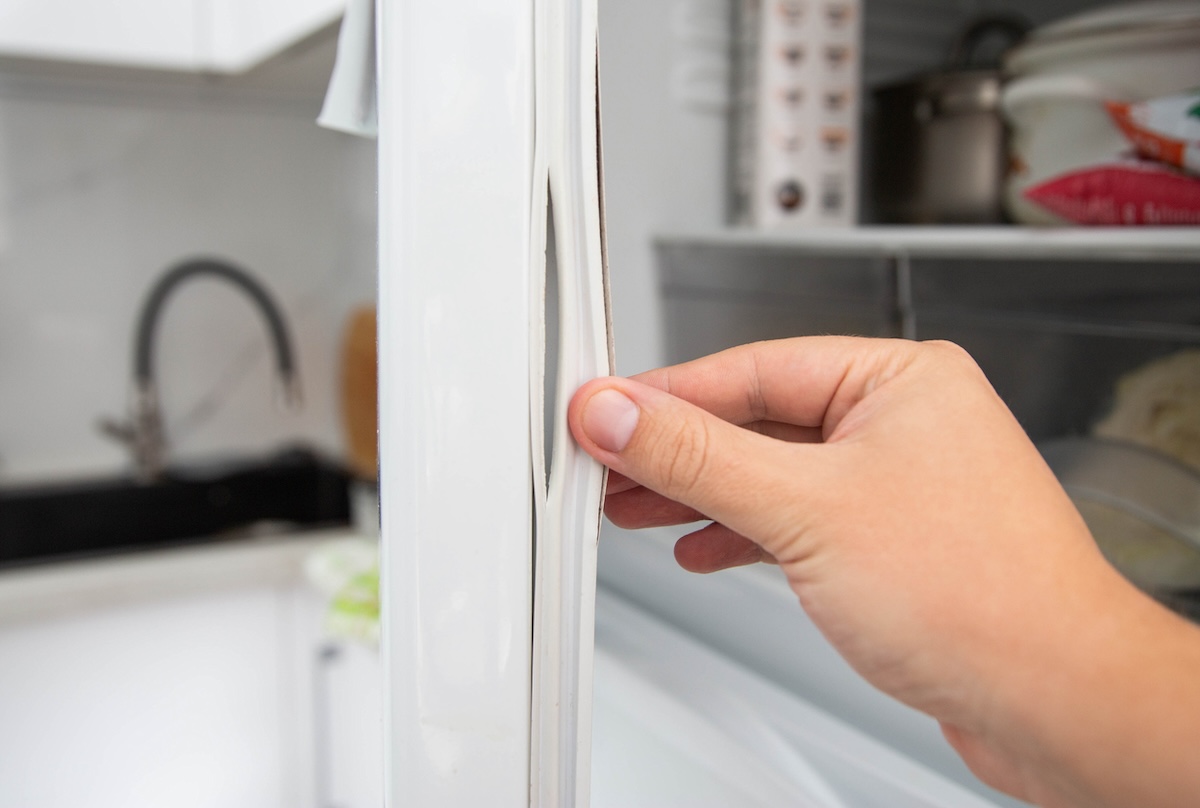
Another quick diagnostic involves checking your freezer’s gaskets (door seals) using the “dollar bill test.”
- Open the door and place a dollar bill flat against the seal.
- Close the door again.
If you can easily pull out the cash, your seals are too loose. If, however, pulling the bill out requires a good deal of effort, the seals are probably fine. Be sure to test several sections of the gasket for good measure, and before you test them, wipe down any spills or debris that could be preventing them from locking together correctly.
The freezer’s coils may be filthy.
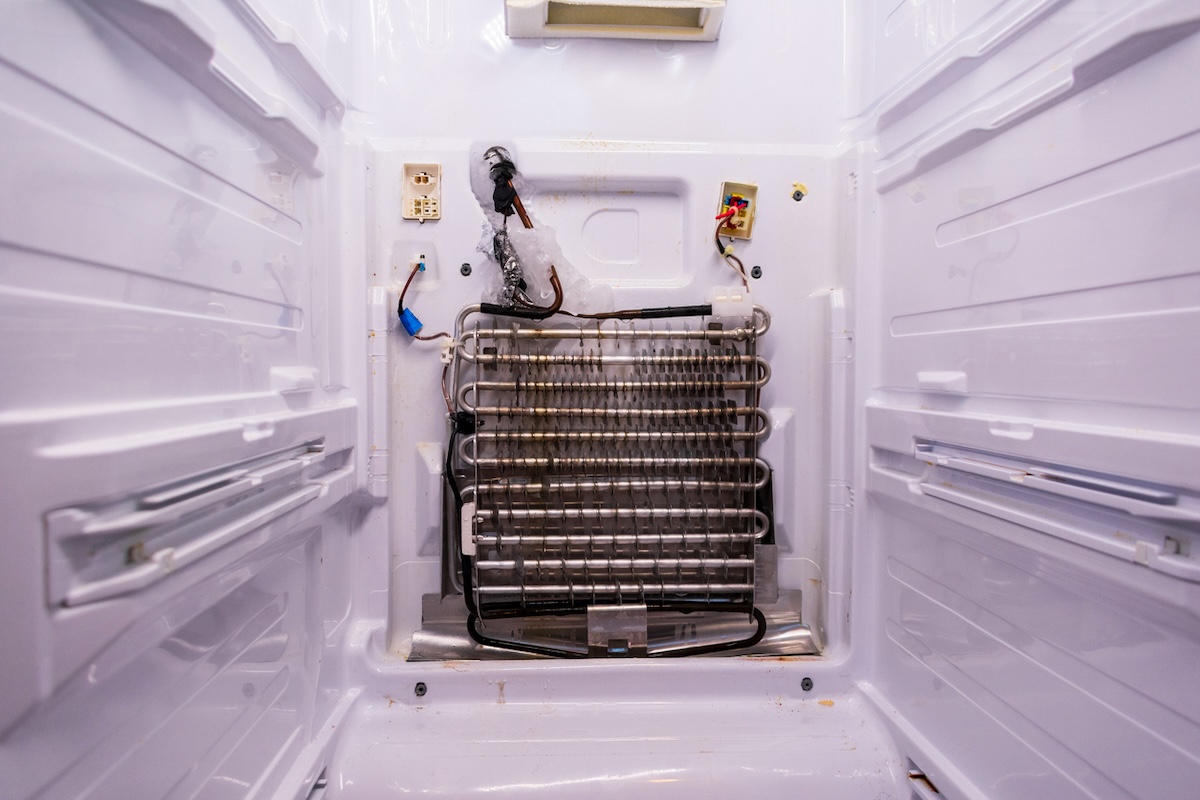
If you’ve cleared out, defrosted, and seal-tested your freezer and all seems well, try pulling the unit away from the wall and vacuuming the coils with the crevice or brush attachment. These coils are usually located behind or under your freezer. Check your freezer’s manual if you’re having trouble locating the coils. As dirty coils can restrict airflow, a quick cleaning may be just the ticket to chill things out again.
The freezer thermostat is broken.
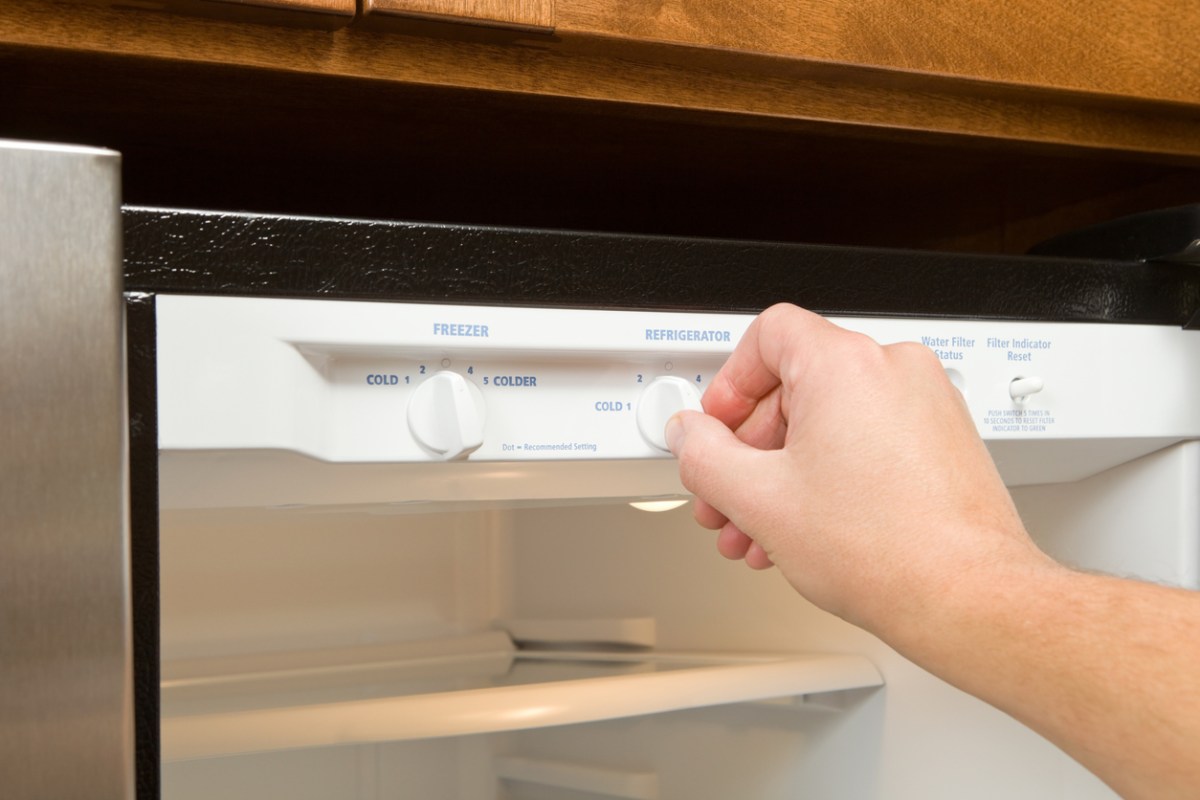
A malfunctioning thermostat, which regulates the freezer’s cooling cycle, may cause fluctuations in your freezer temperature. Keep track of the temperatures you’re seeing on the thermostat for a few days. If you notice a big range or your freezer is warmer but it doesn’t reflect that temperature on the thermostat, then it may be time to replace it! Locate the thermostat and replace it with a new one to ensure consistent temperature regulation.
Other freezer parts are malfunctioning.
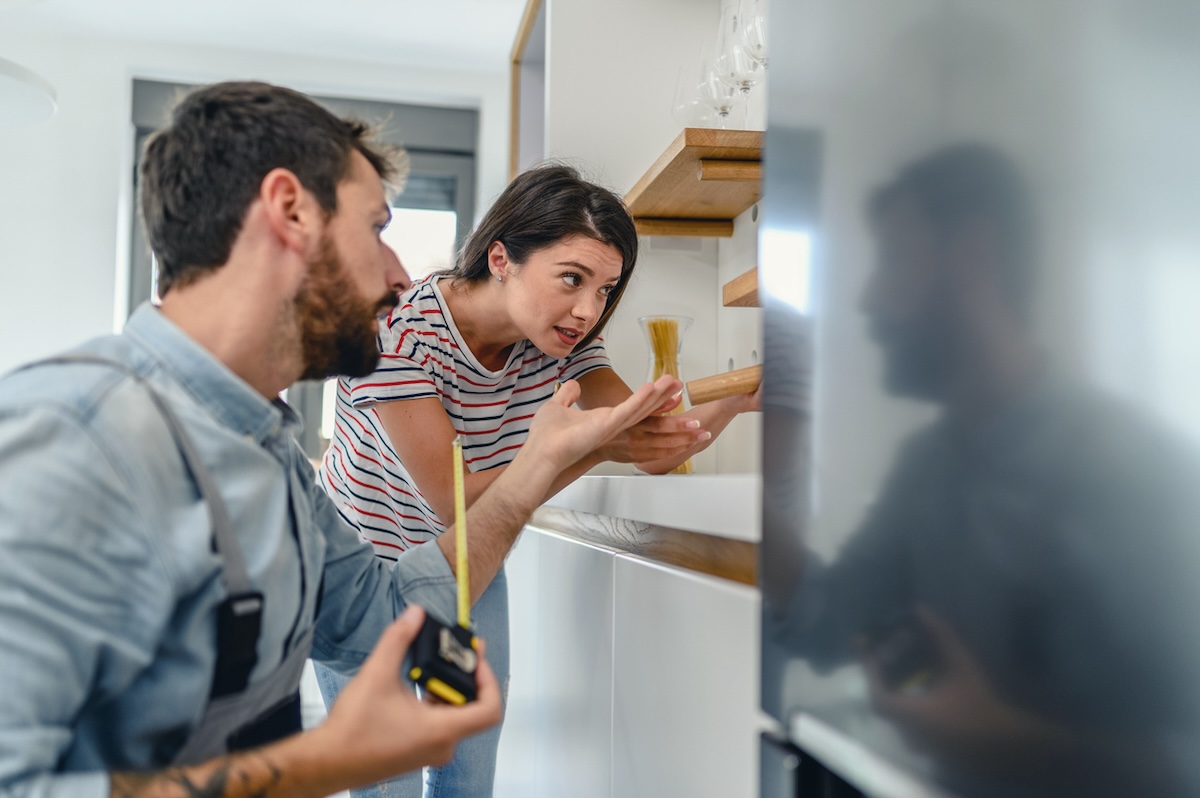
Last but not least, sometimes the reason your freezer isn’t working properly goes beyond what meets the eye! While issues like a damaged door seal or a broken thermostat can be fixed fairly easily, there could be underlying issues with components such as the compressor or condenser coil. We recommend getting in touch with your local appliance repair specialist who has the expertise and tools to diagnose the problem and fix these more complex parts of the freezer.
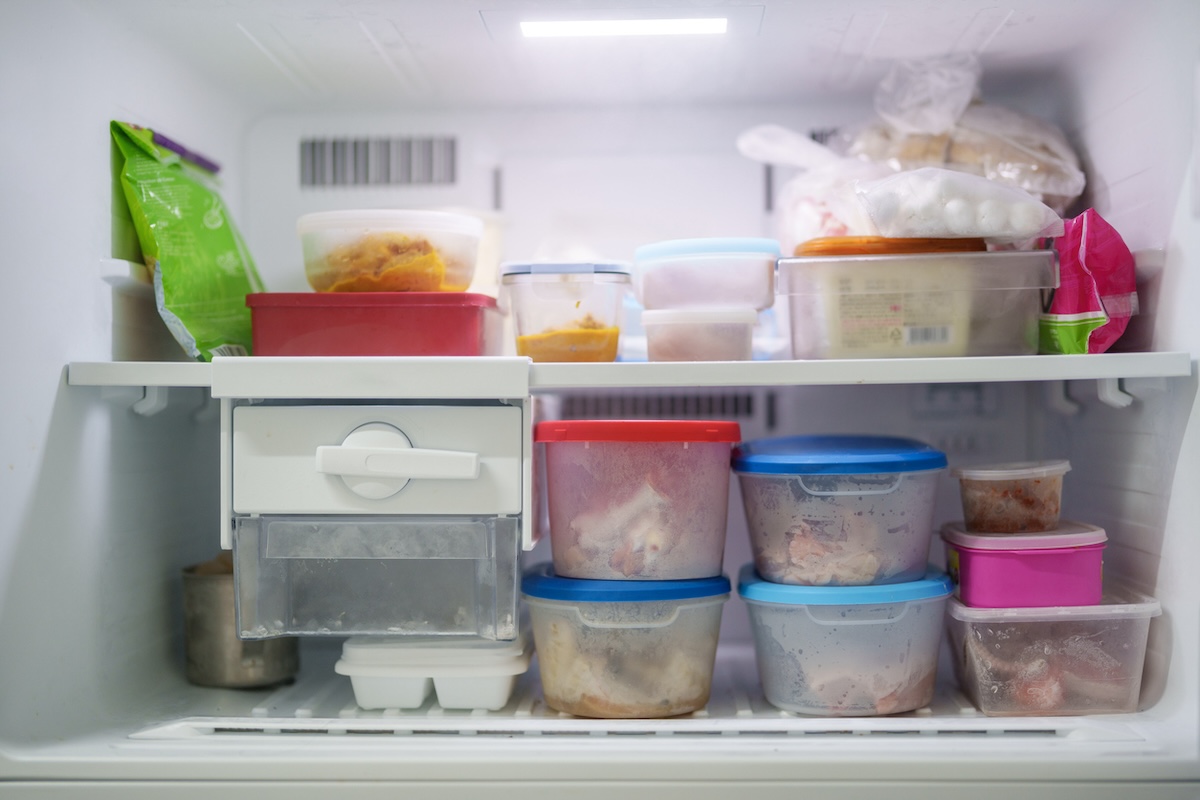
When to Repair or Replace Your Freezer
“It is time to replace the freezer when there are indications of a sealed system failure,” McGrath says. “Sealed system” typically refers to parts of the freezer that are not designed to be repaired or replaced. Here are a few more signs indicating you may need to get your freezer repaired or replaced:
- Freezer fails to maintain a consistently cold temperature
- Visible signs of damage or wear like cracks in the interior or exterior
- Excessive buildup of frost or ice in your freezer
- Issues with the door seal, causing leaks or difficulty when closing the door
- Inaccurate temperatures on the thermostat
How long do freezers last?
According to McGrath, “Freezers, and any appliance, generally have a life expectancy of 8 to 10 years. This can be affected by how often maintenance is done as well as how hard it has to work to perform its function.” To learn how much time you’ll have before replacing your fridge, freezer, or stove, see our page on how long major appliances should last.
How to Maintain a Freezer
Here are a few tips to keep your freezer running efficiently.
- Check the thermostat regularly.
- Keep the freezer interior clean. A simple hot water and vinegar solution sprayed inside the freezer when you notice the grime can help keep it clean.
- Review the owner’s manual to familiarize yourself with certain parts or issues.
- Regularly get rid of old food to avoid overpacking the freezer. It can help to organize the contents in your freezer to allow for proper air circulation.
- Defrost the freezer periodically to prevent ice buildup. Follow the owner’s manual for instructions on defrosting.
- Regularly check seals for any signs of wear or damage and avoid slamming the freezer door.
- Keep the vents on the freezer clear.
- Avoid placing hot items in the freezer as that can raise the internal temperature and strain the compressor.
